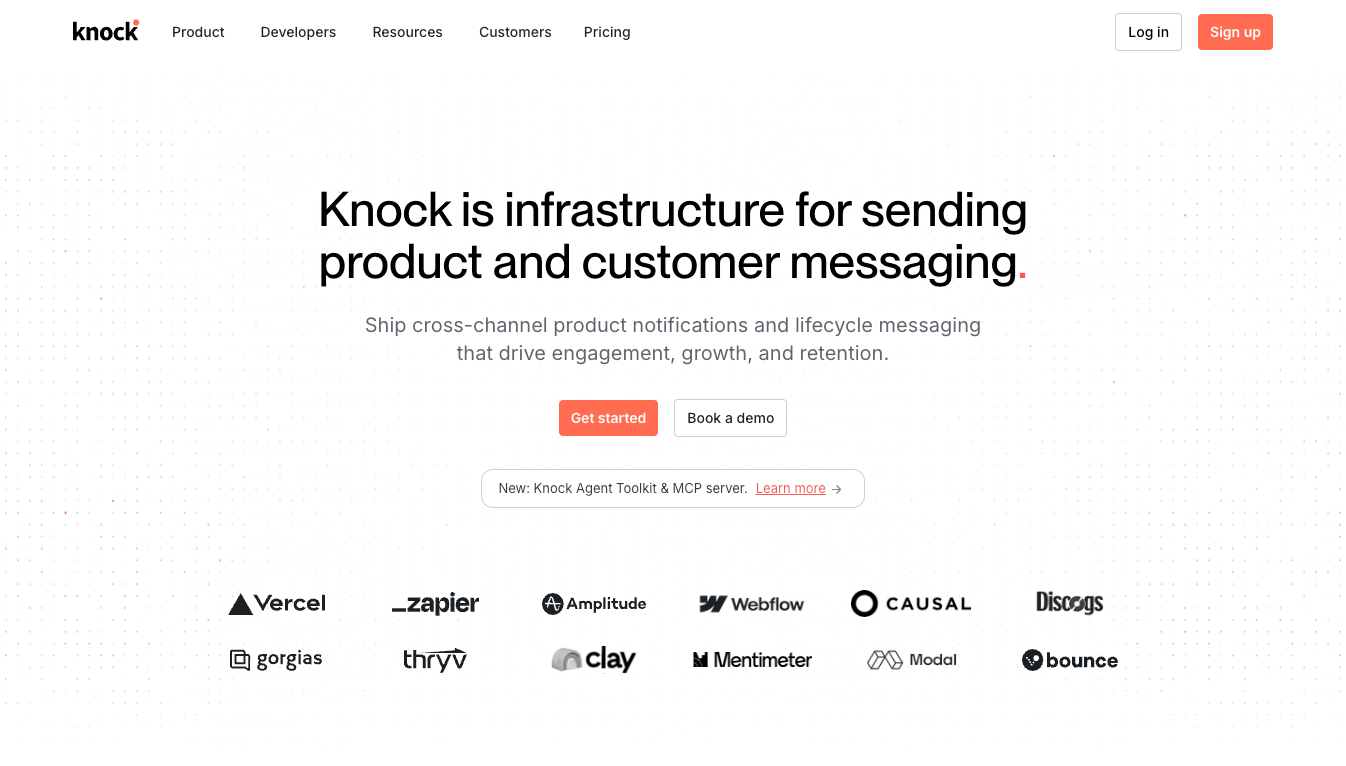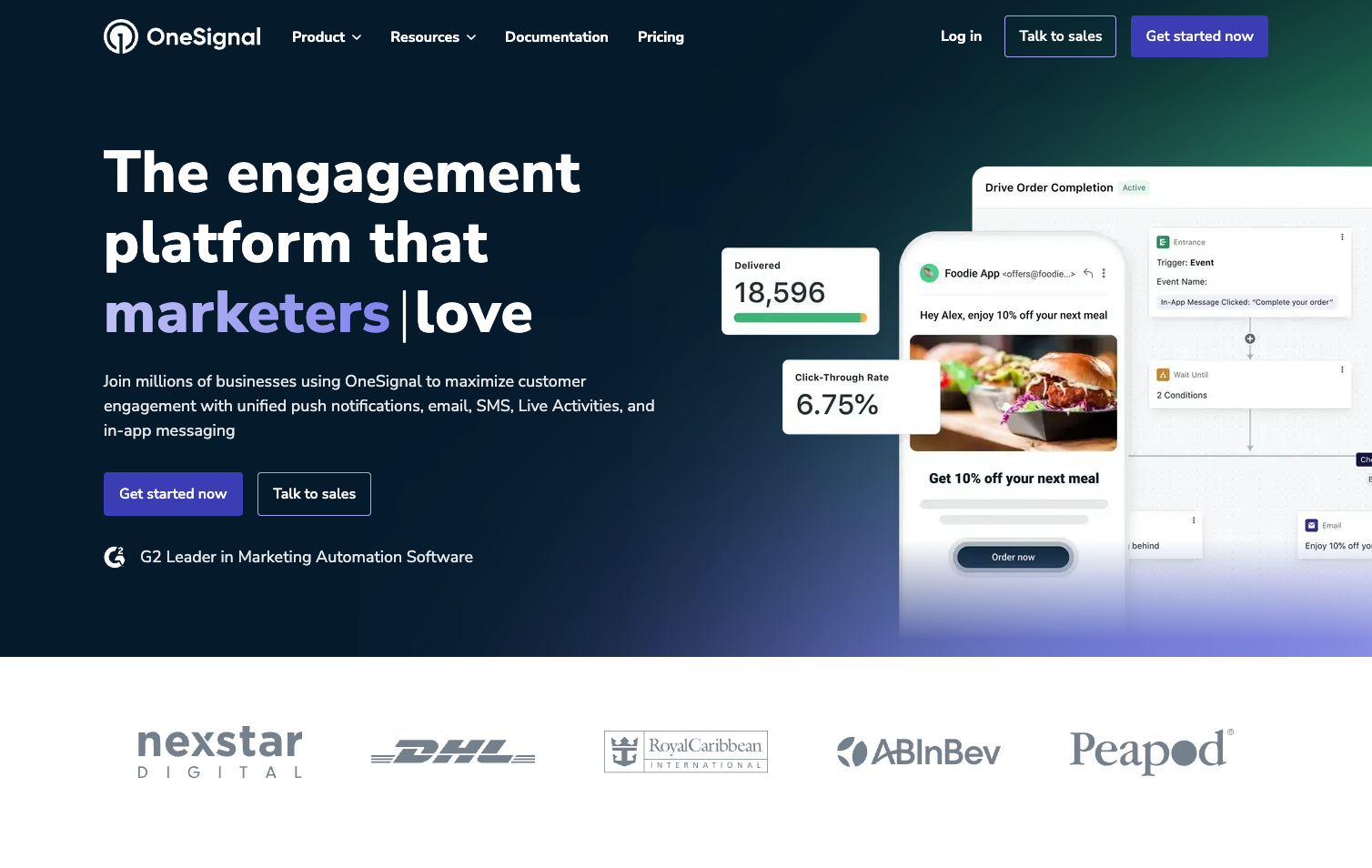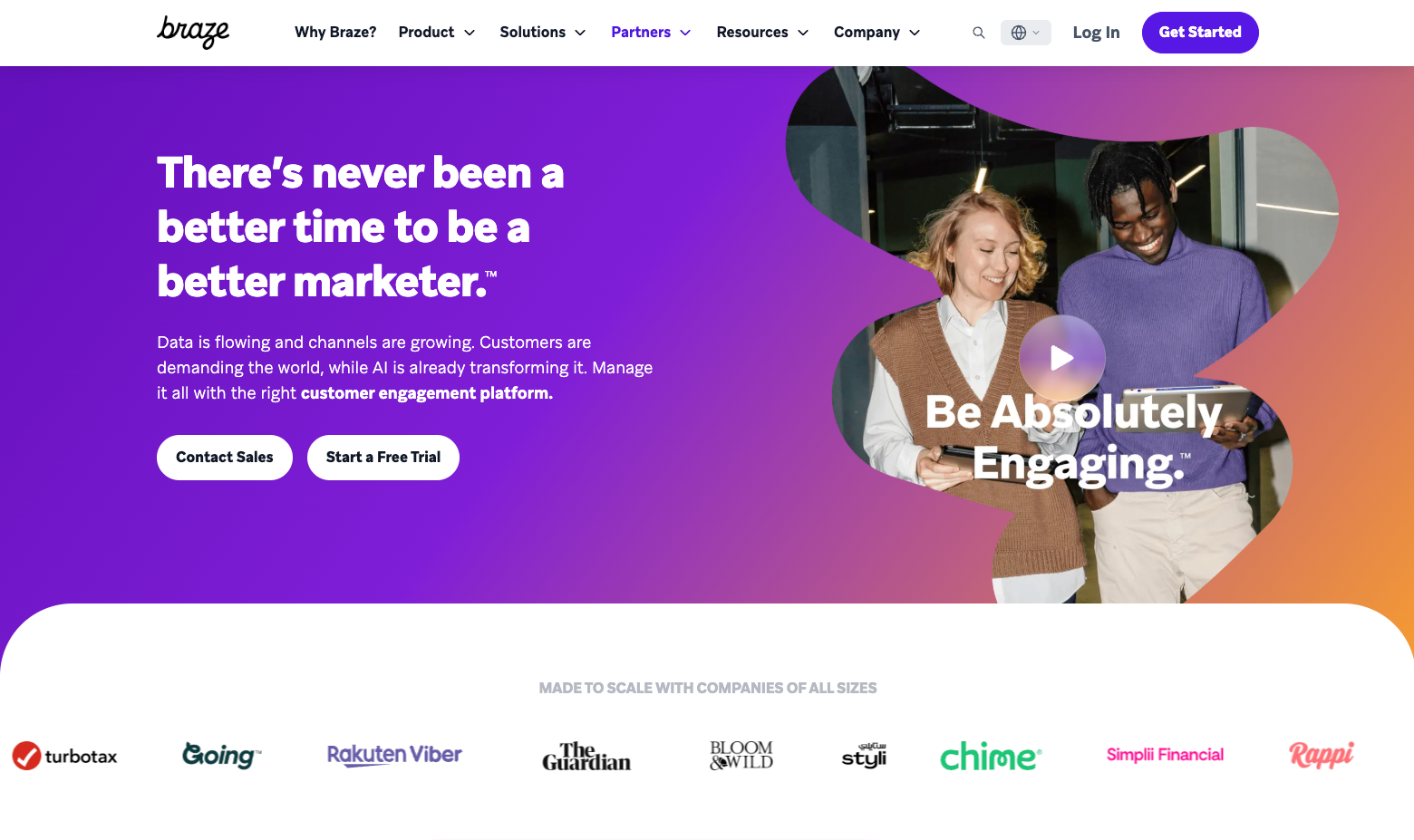The decision to build or buy your in-app messaging infrastructure can significantly impact your development velocity and product quality. Let's examine the key factors to consider when evaluating solutions.
How to evaluate in-app messaging vendors
Different in-app messaging providers have very different approaches and options. Choosing the right one for your company will depend on several factors.
Flexibility and customization
Your in-app messaging needs to feel native to your application, not like a bolted-on widget. Look for solutions that provide both pre-built components you can style to match your design system and APIs for building completely custom UIs. Avoid platforms that lock you into rigid templates that clash with your product's look and feel.
Consider your control over message logic, too. Can you programmatically trigger notifications based on complex business rules, or are you limited to basic visual workflows? The best platforms offer both simple tools for non-technical team members and powerful APIs for developers when you need precise control.
Real-time performance and reliability
Modern users expect instant updates. Any solution you consider must deliver messages in real-time via WebSocket or similar technology, with typical latency under 100ms. But speed means nothing without reliability. Look for:
- Published uptime SLAs (99.95% or better).
- Automatic failover and retry mechanisms.
- Offline message queuing for delivery when users reconnect.
- Cross-device synchronization.
- Proven ability to handle your scale.
Test the platform under load. Some solutions work great for a few thousand users but struggle at enterprise scale.
Developer experience and integration
Evaluate how the platform fits your existing stack. For a Next.js application, you want:
- Modern JavaScript/TypeScript SDKs with good documentation.
- React components or hooks for easy integration.
- Support for SSR if you're using server-side rendering.
- Tree-shakeable imports to minimize bundle size.
- Clean REST or GraphQL APIs for backend operations.
- Webhook support for syncing data back to your systems.
Pay attention to authentication patterns. The platform should support secure methods, such as JWT tokens, to ensure that users only see their own notifications.
Team collaboration features
In-app messaging typically involves multiple stakeholders. Developers need robust APIs and version control. Product managers want visual tools to create and test messages without engineering help. Marketers need audience segmentation and campaign management.
The right platform bridges these needs with features like:
- Template editors that non-developers can use.
- Workflow builders for complex notification logic.
- A/B testing capabilities.
- Analytics dashboards showing engagement metrics.
- Role-based access control.
Cost structure and scalability
Understand the pricing model before committing. Some platforms charge per monthly active user, others per message sent. Calculate costs at your current scale and projected growth. Watch for pricing cliffs where costs suddenly jump at specific usage tiers.
Free tiers are valuable for development and testing. Look for generous limits that let you validate the solution before paying.
The top in-app messaging solutions
Below is a quick rundown of some of the top in-app messaging solutions available, but check out Knock's full post for an in-depth breakdown of each solution.
Knock

Knock stands out as a developer-first notification infrastructure that handles in-app messaging alongside email, push, SMS, and chat through unified workflows. It excels at balancing the needs of developers with those of product and growth teams.
The platform provides pre-built React components (notification feeds, toasts, banners) that integrate seamlessly with Next.js applications while remaining fully customizable through code. Unlike no-code tools that limit flexibility, Knock gives you complete control over the UI while handling the complex infrastructure. Their components support TypeScript out of the box and can be styled to match any design system, and the editor uses Liquid syntax, making it easy for non-developers to modify message content without touching code.
Performance-wise, Knock is designed for high-volume, real-time applications, featuring WebSocket delivery, automatic reconnection, and cross-device synchronization. They publish their uptime statistics and maintain enterprise-grade reliability.
The Developer plan enables teams to send up to 10,000 messages per month for free, generous enough for development, testing, and small applications. From there, usage-based pricing starts at $250/month, which scales predictably as you grow, without surprise jumps. The Enterprise tier unlocks volume-based pricing as well as many advanced features like per-customer branding and preferences, translation (i18n) support, live message previews, and more.
The main consideration is that Knock requires some initial setup. You'll need to integrate the SDK, hook up your own components, and configure templates to get started, but then you have the most flexible in-app messaging solution by far.
Pendo

Pendo focuses on product adoption and user onboarding with its in-app messaging. It excels for product teams needing to create guided tours and feature announcements independently through a visual editor, with no coding required.
However, Pendo injects JavaScript into your app, which can impact performance, and customization options are limited to what their visual editor provides. Therefore, it's less suitable for modern SaaS products that need to reliably send cross-channel transactional notifications.
OneSignal

OneSignal started as a push notification service and added in-app messaging capabilities. It offers a generous free tier and a straightforward setup, making it an attractive option for simple use cases.
However, the in-app messaging features are basic compared to specialized platforms. You get templated layouts with limited customization, and the messages feel more like overlays than integrated UI components. It's a fine solution for adding simple promotional messages quickly, less suitable for sophisticated notification systems.
Braze

Braze is an enterprise customer engagement platform with strong in-app messaging capabilities for mobile apps. It handles massive scale and offers sophisticated user segmentation and journey orchestration.
However, the complexity and cost make it overkill for most applications. Braze requires significant implementation effort and ongoing management. It's designed for large B2C companies with dedicated marketing operations teams rather than developer-led products.
Send in-app messaging with Knock
The best in-app messaging solutions are simple enough to start quickly, powerful enough to handle complex requirements, and flexible enough to adapt as your needs evolve.
That's why we built Knock Guides so you can power in-app messaging (like feature announcements, onboarding nudges, monetization paywalls) with your own components. With full control over design, content, targeting, prioritization, and throttling, you can render performant, on-brand messaging to your customers, every time.
Whether you're planning to power in-app messaging or orchestrate notifications across many channels, Knock can help. If you'd like to try it out, you can sign up for a free account or chat with our team. 👋